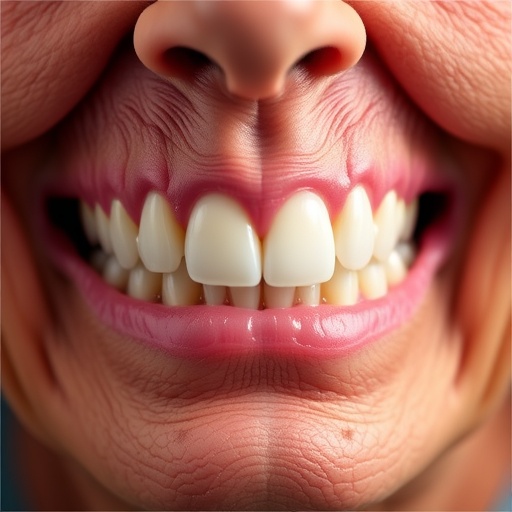
Credit: IU School of Medicine
INDIANAPOLIS–Indiana University School of Medicine researchers are learning more about ways to prevent infections in women with obesity who have cesarean delivery. The multi-site study revealed using prophylactic negative pressure wound therapy (NPWT) does not appear to lower the risk of infection for this high-risk group.
“We now do more than 1.2 million C-sections a year in the United States, and infection has been one of the most common complications,” said Methodius Tuuli, MD, MPH, MBA, vice chair of obstetrics and director of perinatal research at IU School of Medicine Department of Obstetrics and Gynecology. Tuuli is the study’s principal investigator and lead author. “Infection can lead to longer hospital stays, an increase in health care cost and can also be particularly problematic for mothers to experience when trying to take care of a new baby.”
The study was funded by the Eunice Kennedy Shriver National Institute of Child Health and Human Development (NICHD) at the National Institutes of Health (NIH). The findings are published in a new article in the Journal of the American Medical Association (JAMA).
Pregnant women with obesity (having a body mass index over 30 prior to pregnancy) are more likely to have their babies through a C-section and are also more likely to develop an infection at the surgical site. NPWT involves using a special dressing on a surgical wound and using small tubing to connect the dressing to a low-pressure vacuum pump to create negative air pressure.
“We already know that when people have open wounds, whether it’s after a C-section or diabetic wound or other surgical wound, using a NPWT pump can help in healing those wounds faster,” Tuuli said. “It also makes management easier because you don’t have to change the dressing every day.”
Based on the same rationale, mobile NPWT pumps were approved by the Food and Drug Administration for application to closed wounds after incision closure at the time of surgery. This is the first large, randomized, multi-site clinical trial in the United States studying the effects of these pumps on the risk of infection in women with obesity who have C-sections. It is also the largest trial to date of prophylactic NPWT in any surgical procedure.
“The device was approved based on its ability to create negative pressure, but we wanted to see if it is effective and safe for reducing infection after C-section in obese women who are at high risk for wound infection,” Tuuli said. “Previously, there have only been a few small studies, so we needed to do a large, multi-site trial to learn more.”
More than 1,600 women participated in the study at six different hospitals across the U.S. The women were randomly assigned to one of two groups–802 received standard wound dressings, and 806 received NPWT after their wound was closed. The NPWT device was removed after an average of four days. In the NPWT group, 29 women developed infection at the surgical site (3.6%), compared to 27 in the standard wound dressing group (3.4%), a difference that was not statistically significant. Rates of major adverse events after surgery, including maternal death, blood infection, admission to an intensive care unit and the need for a hysterectomy after delivery, did not differ significantly between the two groups. However, women who received NPWT were more likely to have skin irritations, such as blistering, bleeding and redness (7.0% versus 0.6%).
The researchers concluded these findings do not support routine use of NPWT devices for obese women who deliver by C-section.
Because such low infection rates were achieved with the use of standard of care preventive measures, physicians should focus more efforts on using evidence-based interventions, like giving appropriate antibiotics before surgery, cleansing the skin with effective antiseptic, using good surgical techniques, and using sutures rather than staples when closing up the incision.
“There are evidence-based interventions that are less expensive, and we should put our energy into consistently implementing those interventions,” Tuuli said. “This study shows that if we use these interventions consistently, using the NPWT device doesn’t make a difference.”
###
Tuuli will like to thank the study participates, research staff, co-investigators and funding from the NIH which made this study possible. You can read the full paper on the JAMA website.
IU School of Medicine is the largest medical school in the U.S. and is annually ranked among the top medical schools in the nation by U.S. News & World Report. The school offers high-quality medical education, access to leading medical research and rich campus life in nine Indiana cities, including rural and urban locations consistently recognized for livability.
Media Contact
Katie Duffey
[email protected]
Original Source
https:/
Related Journal Article
http://dx.




